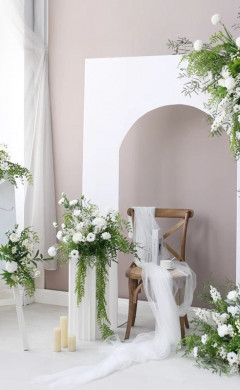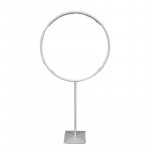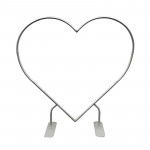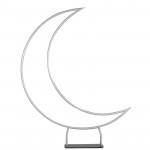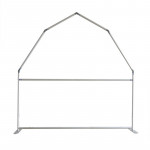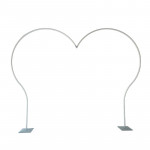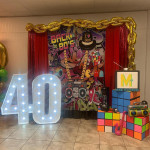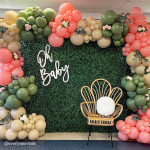All the Wedding Dress Codes Explained
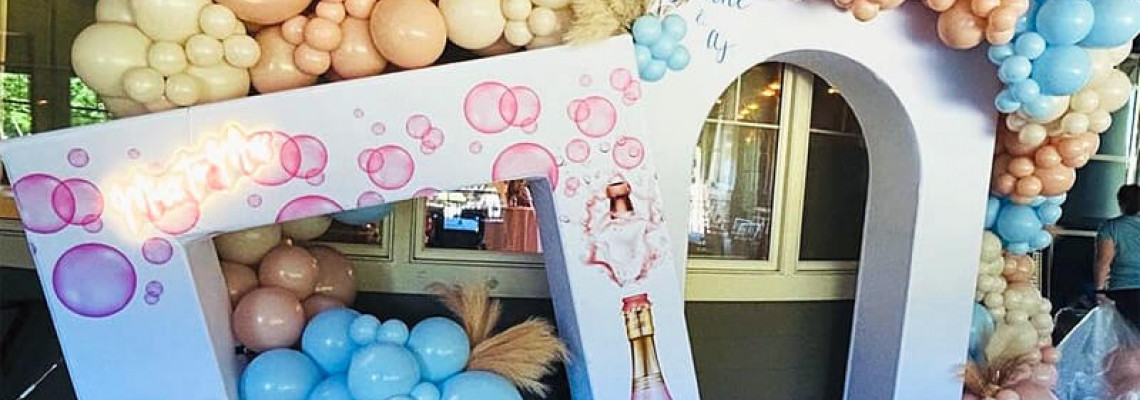
All the Wedding Dress Codes Explained
If you've ever been at a loss for what to wear to a wedding and stood looking at your open wardrobe, this piece is for you. All wedding dress requirements are broken down here, including cocktail, formal, black tie, and even daytime wear. We can assure you that there are numerous and intricate ones. An ensemble can be transformed from semi-formal to casual with a simple shoe selection or hemline. This fashion cheat sheet, which is arranged from most formal to least formal, can be helpful if you're concerned about picking the ideal wedding guest dress or struggling to decide which suggested wedding costume is most appropriate for your special day!
White Tie Attire
White tie, often known as full dress, is the most formal of all wedding dress rules and is only appropriate for the most extravagant events. Imagine royal banquets, state meals at the White House, and lavish celebrations. Although most weddings aren't white-tie events, it's still a good idea to know how to dress appropriately in case you're ever asked to one of these formal gatherings. Classic black tuxedo jackets with tails and matching pants, which typically have a satin stripe down the outer seam, are usually worn by men. Formal shoes, a bow tie, and a cummerbund complete their ensemble. Women typically need floor-length dresses; many add extra drama with gloves, capes, voluminous skirts, little trains, and brilliant jewels. It's all about grandeur and elegance at a white-tie event, so go big or go home!
Black Tie Attire
The most well-known and stringent wedding dress code is likely black tie, which leaves little to no opportunity for variation. Men are supposed to dress in tuxedos. A bow tie, cummerbund, and patent leather shoes are highly advised, although a tailcoat is unnecessary. Some authorities say a full suit isn't considered formal enough for this dress requirement. On the other hand, some people believe that a well-tailored suit in a rich fabric, perhaps with a little pattern or in a color other than black, is still appropriate today. Though they are encouraged to experiment with designs, colors, beading, and accessories, women should dress in floor-length gowns or sophisticated pantsuits. Black tie weddings are typically observed at more formal weddings and those that happen after 5:30 or 6 p.m.
Black Tie Optional Attire
Think of it as a more relaxed black tie dress code variation. Reducing the level of formality even a little bit is OK, but if you want to, you can also dress in a full black tie. Men should wear a suit or tuxedo, while women can wear a floor-length gown, cocktail dress, or pantsuit as long as it's still classy. This dress code is more ambiguous, but the event's schedule might clarify that one should dress more formally for evening occasions, which usually require a higher degree of attire. Choose something less expensive and forego the tuxedo and floor-length gown if the event is in the afternoon.
Formal Attire
Even though one of the most common wedding dress rules is formal wear, guests still struggle to decide what to wear. However, you shouldn't worry too much. As long as you maintain an elegant appearance, there are typically fewer requirements and more leeway for interpretation with this dress code. A jacket and tie or a classic suit, cocktail or longer dresses, and finer jumpsuits are all allowed; tuxedos are not. Try out some striking hues, patterns, and/or accessories. If you're still unsure about your attire, remember that although this dress code allows for greater flexibility, it's still preferable to be overdressed rather than underdressed.
Cocktail Attire
Cocktail wear, which falls perfectly between elegant and casual, is popular among wedding guests due to its simplicity. Most people already know what to wear because they have been invited to an event with a cocktail dress code previously. If you are unaware, consider wearing something more elegant than you would wear to a night out. It's a more relaxed and whimsical take on formality, but it's still quite official. Women prefer dresses with shorter hemlines or little black dresses, and they can experiment with shoes, accessories, designs, colors, and other elements. Suits are still appropriate for men, but they can experiment with striking patterns. Looking put together and timeless while adding a little flair to your look is the essence of cocktail clothing.
Semi Formal Attire (aka Dressy Casual Attire)
The semi-formal dress code, sometimes called dressy casual, can be challenging. Depending on the event's scheduling, you can choose which end of the range to lean toward, but it lies somewhere between cocktail and casual. While darker hues and heavier, more traditional materials are appropriate for a nighttime celebration, lighter colors and fabrics are suitable for a daytime wedding. You can dress down some aspects of your outfit, such as wearing a contemporary jumpsuit or midi dress with chic sandals. Men don't have to wear ties. Although this dress code can be a little perplexing, guests love it because it lets them dress up their appearance without sacrificing comfort.
Beachy Attire
You had better dress appropriately if asked to a destination wedding in a tropical setting. Beach wedding fashion is typically far more flexible, with dress codes like beach cocktails and beachy formal falling under the general category of beach clothing. Overall, the regulations are looser, but the weather is the most crucial factor to consider. Light colors and textiles will be your best buddy if the wedding is held outside in the sun. Straw hats and sunglasses are the ideal finishing touches, and linen skirts, shirts, and pants are excellent choices. Your shoes will be another crucial factor to take into account. Sand and high heels don't go together. Women may choose to wear thick sandals, espadrilles, or wedges instead. For males, sockless loafers are a fantastic option. Remember that beach weddings are typically hot and muggy when selecting your attire!
Daytime or Casual Attire
The casual or midday dress code is more fashionable than ever because backyard and outdoor weddings are becoming increasingly popular. Despite being the loosest wedding dress code, casual wear does not include streetwear, athleisure, shorts, tank tops, shoes, or denim. Even if it's a casual wedding, you should still dress appropriately. Women can experiment with more daring designs like flowers, more relaxed fabrics like cotton and less formal styles like sundresses. A pant/shirt/jacket or pant/shirt/tie combination is still advised, but males can forego the suit. Use the business casual clothing code as a guidance when in doubt, as most people know it.
Destination Attire
Location, location, location. Destination weddings in foreign locales, such as a French Château or an Italian villa, may require special attire. Make sure to do your homework if invited to a fancy party. To understand how the natives dress, read blogs about travel and international fashion. For the time of year you want to visit, check the weather at your destination. Speaking with other attendees may be our most helpful piece of advice. By talking to other travelers about your planned outfit, you can determine whether you'll be overdressed, underdressed, or ideally dressed.
Theme Attire
Even though dress requirements for theme weddings aren't very prevalent, you should be prepared if the situation ever arises. Examples could include all-white clothing for the most opulent events or 1920s-inspired clothing for an Art Deco wedding. You should comply and try to enjoy yourself if an engaged couple asks guests to dress in theme. Play along; what you wear will improve the overall look the couple is aiming for. The couple usually offers suggestions for what to wear on their wedding website. Depending on the subject, you can look online at movies, periodicals, TV shows, and other media for ideas for your outfit. To avoid being underdressed for such a big occasion, err on the side of caution and choose anything at least semi-formal or formal unless the theme is informal or explicitly specified.
No Dress Code
Sometimes, there isn't a dress requirement for weddings, or couples invite guests to wear whatever makes them feel comfortable. This can be problematic because guests frequently seek the couple for advice on what to dress, even if it may seem convenient or less stressful. In such situations, we advise looking into the wedding location to see how formal or informal it may be. Additionally, you can dress a little more for evening activities by considering the time of day. Typically, the wedding invitation gives away a lot about the event's theme. It's probably a high-end event if printed on opulent paper, has letterpress, and uses formal language honored "request the honor of your presence"). However, a less formal outfit can be suitable if the invitation includes whimsical typefaces, images, and statements. Cocktail and semi-formal dress are generally safe choices if you're still unsure. Being overdressed is usually preferable to being underdressed, particularly for a wedding or other big event.
